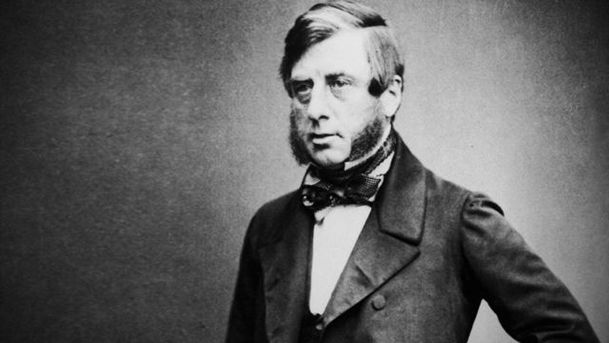In Our Time - The Cavendish Family in Science

From the 1600s to the 1800s, scientific research in Britain was not yet a professional, publicly-funded career. So the wealth, status and freedom enjoyed by British aristocrats gave them the opportunity to play an important role in pushing science forwards - whether as patrons or practitioners. The Cavendish family produced a whole succession of such figures. In the 1600s, the mathematician Sir Charles Cavendish and his brother William collected telescopes and mathematical treatises, and promoted dialogue between British and Continental thinkers. They brought Margaret Cavendish, William's second wife, into their discussions and researches, and she went on to become a visionary, if eccentric, science writer, unafraid to take on towering figures of the day like Robert Hooke. In the 1700s, the brothers' cousin's great-grandson, Lord Charles Cavendish, emerged as a leading light of the Royal Society. Underpinned by his rich inheritance, Charles' son Henry became one of the great experimental scientists of the English Enlightenment. And in the 1800s, William Cavendish, Henry's cousin's grandson, personally funded the establishment of Cambridge University's Cavendish Laboratory. In subsequent decades, the Lab become the site of more great breakthroughs. With: Jim Bennett Director of the Museum of the History of Science at the University of Oxford Patricia Fara Senior Tutor of Clare College, University of Cambridge Simon Schaffer Professor of History of Science at the University of Cambridge and Fellow of Darwin College, Cambridge Producer - Phil Tinline.